27-4 Section Assessment
1. What is mollusk? a mollusk is a soft-bodied animals that usually has an internal or external shell.
2. List and describe the four parts of the mollusk body plan. Foot (diverse forms: flat structures for crawling, spade-shaped structures for burrowing, and tentacles for capturing prey) , mantle (thin layer of tissue that covers most of the mollusk's body) , shell (made by glands in the mantle that secrete calcium carbonate), visceral mass (consist of the internal organs).
3. Describe the main characteristics of the three major classes of mollusks. Gastropods: shell-less of one shell, ventral foot. Bivalves: two shells. Cephalopods: Head attached to foot.
4. Why are land snails restricted to moist environments? Land snails respire using a mantle cavity lined with blood vessels. This lining must be kept moist.
5. Describe how a cephalopod responds to external stimuli and explain how a cephalopod's nervous system is more complex than that of other mollusks. Cephalopods exhibit complex behaviour and can locate a variety of prey. They have the most highly developed nervous system of all invertebrates (well developed brains).
6. Compare open and closed circulatory systems. why are open circulatory systems found mostly in small animals that move slowly? In an open circulatory system, blood leaves the vessels and moves through sinuses. In a closed circulatory system, blood is contained within vessels. A closed circulatory system supports greater oxygen needs because blood moves quickly.
28-1 Section Assessment
1. What are the main features of arthropods?
Arthropods have a segmented body, a tough exoskeleton, and jointed appendages.
3. How id the process of molting related to growth in arthropods?
During molting, an arthropod sheds its entire exoskeleton and manufactures a larger one to take its place. this process creates room for growth.
4. What body system controls molting? The endocrine system.
5. How are both the circulatory and excretory systems involved in removing nitrogenous wastes from an arthropod's body? In most terrestrial arthropods, wastes from cells move through the circulatory system to the Malpighian tubules, which extract wastes from blood.
6. How are the muscle cells of arthropods and other animals different from other body cells? How does this difference enable movement? Muscle cells can contract when stimulated by nerves. Muscles generate force by contracting and then pulling on the exoskeleton.



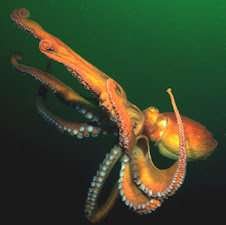

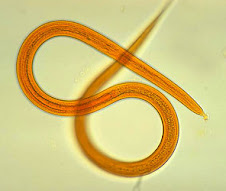




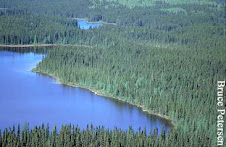
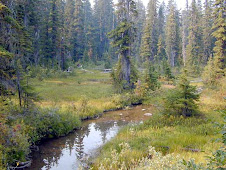
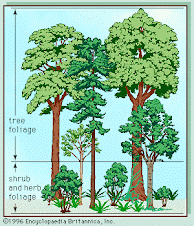



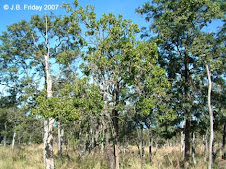
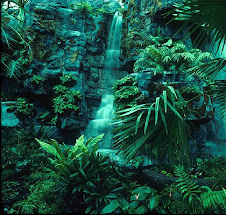

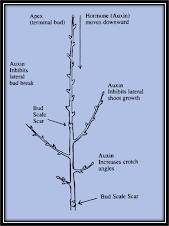


1 comentario:
Hi miss I`m checking the page if I found something new I will include it in the work. okay take care bye.
atte alicia
Publicar un comentario